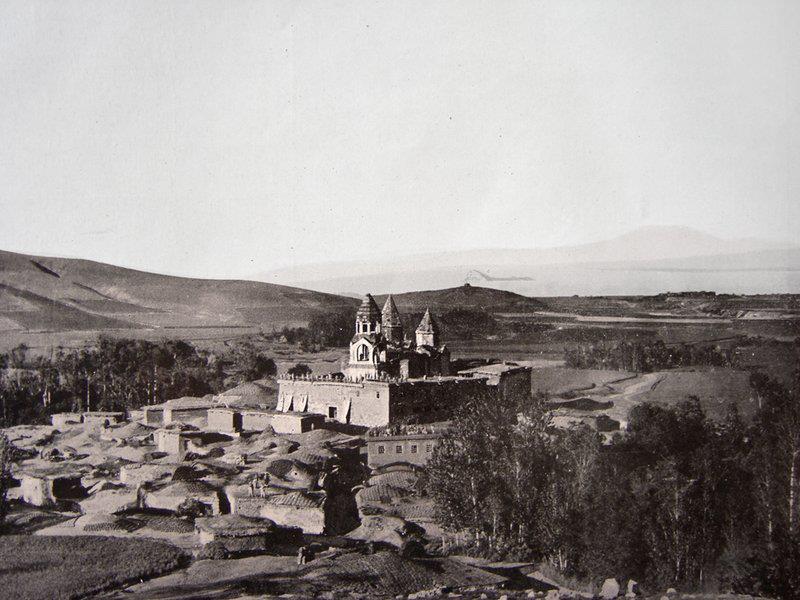|
Tagh
The Tagh ( hy, տաղ) is a genre of Armenian monodic song writing. Its origin is ancient but its content and melodic line can be similar to modern vocal and instrumental compositions. The characteristics of the tagh are its expansiveness of form and volume, its free melodic style, the existence of instrumental passages and richness of rhythm. The tagh is basically a lyric song but it is not canonic like the sharakan. There are two types of taghs - religious and secular. St.Narekatsi's taghs are the unsurpassed monuments of this musical style. Further reading * Komitas Vardapet Soghomon Soghomonian, ordained and commonly known as Komitas, ( hy, Կոմիտաս; 22 October 1935) was an Armenian priest, musicologist, composer, arranger, singer, and choirmaster, who is considered the founder of the Armenian national scho ..., ''Armenian Sacred and Folk Music'', Routledge (1997) {{ISBN, 0-7007-0637-2 Armenian music ... [...More Info...] [...Related Items...] OR: [Wikipedia] [Google] [Baidu] |
Armenian Chant
Armenian chant ( hy, շարական, ''sharakan'') is the melismatic monophonic chant used in the liturgy of the Armenian Apostolic Church and the Armenian Catholic Church. Armenian chant, like Byzantine chant, consists mainly of hymns. The chants are grouped in a system of eight modes called oktoechos. The oldest hymns were in prose, but later versified hymns, such as those by Nerses Shnorhali, became more prominent. The official book of hymns, the ''sharakan'', contains 1,166 hymns ( Šaraknoc'). The earliest surviving manuscripts with music notation date from the 14th century, and use a system of neumes known as ''Armenian neumes'' or '' khaz'', which has been in use since the 8th century.''Armenian Neume System of Notation: Study and Analysis'' (2013) chapter 2: "Ancient Armenian manuscripts and their significance for the study of musical khaz notationgoogle books preview/ref> In the 19th century a new system of notation, still in use, was introduced by theorist Hamparsum ... [...More Info...] [...Related Items...] OR: [Wikipedia] [Google] [Baidu] |
Monodic
In music, monody refers to a solo vocal style distinguished by having a single melodic line and instrumental accompaniment. Although such music is found in various cultures throughout history, the term is specifically applied to Italian song of the early 17th century, particularly the period from about 1600 to 1640. The term is used both for the style and for individual songs (so one can speak both of monody as a whole as well as a particular monody). The term itself is a recent invention of scholars. No composer of the 17th century ever called a piece a monody. Compositions in monodic form might be called madrigals, motets, or even concertos (in the earlier sense of "concertato", meaning "with instruments"). In poetry, the term monody has become specialized to refer to a poem in which one person laments another's death. (In the context of ancient Greek literature, monody, , could simply refer to lyric poetry sung by a single performer, rather than by a chorus.) History Mu ... [...More Info...] [...Related Items...] OR: [Wikipedia] [Google] [Baidu] |
Gregory Of Narek
Grigor Narekatsi ( hy, Գրիգոր Նարեկացի; anglicized: Gregory of Narek) ( – 1003/1011) was an Armenian mystical and lyrical poet, monk, and theologian. He is venerated as a saint in the Armenian Apostolic and Catholic Churches and was declared a Doctor of the Church by Pope Francis in 2015. The son of a bishop, Gregory was educated, ordained and later stationed at Narekavank, on the southern shores of Lake Van (modern Turkey). Gregory is considered by scholars of being the most beloved and significant theological and literary figure of the Armenian religious tradition. He is best known for his ''Book of Lamentations'', a major piece of mystical literature, a confessional prayer book present in every Armenian religious household. His works have inspired many Armenian literary figures and influenced the Armenian literature in general throughout the ages. Life and background Gregory's birth and death dates are placed by scholars ''circa'' 945–951 and 1003 or 1 ... [...More Info...] [...Related Items...] OR: [Wikipedia] [Google] [Baidu] |
Komitas Vardapet
Soghomon Soghomonian, ordained and commonly known as Komitas, ( hy, Կոմիտաս; 22 October 1935) was an Armenian priest, musicologist, composer, arranger, singer, and choirmaster, who is considered the founder of the Armenian national school of music. He is recognized as one of the pioneers of ethnomusicology. Orphaned at a young age, Komitas was taken to Etchmiadzin, Armenia's religious center, where he received education at the Gevorgian Seminary. Following his ordination as vardapet (celibate priest) in 1895, he studied music at the Frederick William University in Berlin. He thereafter "used his Western training to build a national tradition". He collected and transcribed over 3,000 pieces of Armenian folk music, more than half of which were subsequently lost and only around 1,200 are now extant. Besides Armenian folk songs, he also showed interest in other cultures and in 1903 published the first-ever collection of Kurdish folk songs titled ''Kurdish melodies''. His ch ... [...More Info...] [...Related Items...] OR: [Wikipedia] [Google] [Baidu] |

